The Zircon Sand is currently characterized by a competitive landscape that is both dynamic and multifaceted. Key growth drivers include increasing demand for zircon in ceramics, electronics, and advanced materials, alongside a growing emphasis on sustainable mining practices. Major players such as Iluka Resources Limited (AU), Tronox Holdings plc (US), and Rio Tinto Group (GB) are strategically positioned to leverage these trends. Iluka Resources Limited (AU) focuses on innovation and sustainability, investing in advanced extraction technologies to enhance efficiency and reduce environmental impact. Meanwhile, Tronox Holdings plc (US) emphasizes vertical integration, controlling the supply chain from mining to production, which allows for greater market stability. Rio Tinto Group (GB) is actively pursuing regional expansion, particularly in Africa and Australia, to tap into new reserves and diversify its operational footprint. Collectively, these strategies shape a competitive environment that is increasingly focused on sustainability and technological advancement.
In terms of business tactics, companies are localizing manufacturing and optimizing supply chains to enhance responsiveness to market demands. The market structure appears moderately fragmented, with several key players holding substantial market shares while also facing competition from smaller, regional firms. This fragmentation allows for a variety of competitive strategies, as companies seek to differentiate themselves through innovation and operational efficiency.
In August 2025, Iluka Resources Limited (AU) announced a partnership with a leading technology firm to develop a new extraction process that significantly reduces water usage. This strategic move not only aligns with global sustainability goals but also positions Iluka as a leader in environmentally responsible mining practices. The partnership is expected to enhance operational efficiency and reduce costs, thereby strengthening Iluka's competitive edge in the market.
In September 2025, Tronox Holdings plc (US) completed the acquisition of a smaller zircon producer, which is anticipated to bolster its market share and enhance its product offerings. This acquisition reflects Tronox's strategy to consolidate its position in the market and expand its operational capabilities. By integrating the new assets, Tronox aims to achieve greater economies of scale and improve its supply chain resilience, which is crucial in the current market environment.
In July 2025, Rio Tinto Group (GB) launched a new initiative aimed at increasing the transparency of its supply chain, utilizing blockchain technology to track zircon from mine to market. This initiative is indicative of a broader trend towards digitalization within the industry, as companies seek to enhance traceability and build consumer trust. By adopting such technologies, Rio Tinto not only improves operational efficiency but also aligns with the growing consumer demand for ethically sourced materials.
As of October 2025, the competitive trends in the Zircon Sand Market are increasingly defined by digitalization, sustainability, and the integration of advanced technologies such as AI. Strategic alliances are becoming more prevalent, as companies recognize the need to collaborate in order to innovate and meet evolving market demands. Looking ahead, competitive differentiation is likely to shift from traditional price-based competition to a focus on innovation, technological advancement, and supply chain reliability. This evolution suggests that companies that prioritize sustainable practices and technological integration will be better positioned to thrive in the future.


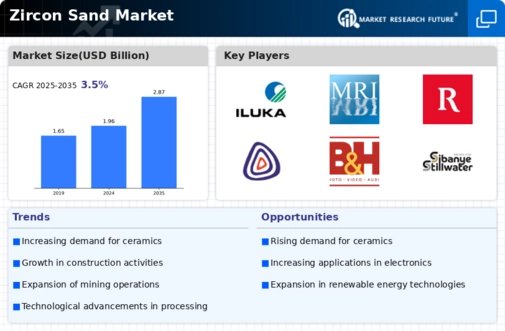
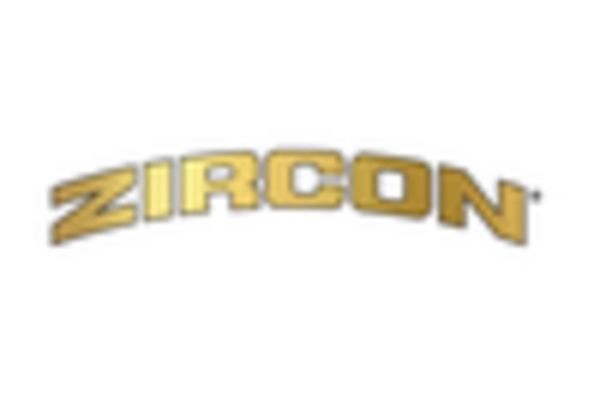
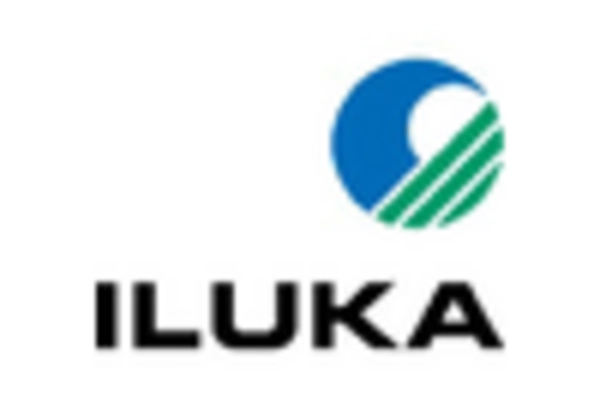
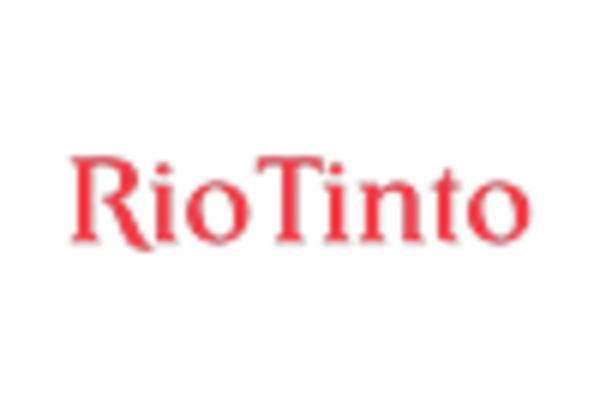
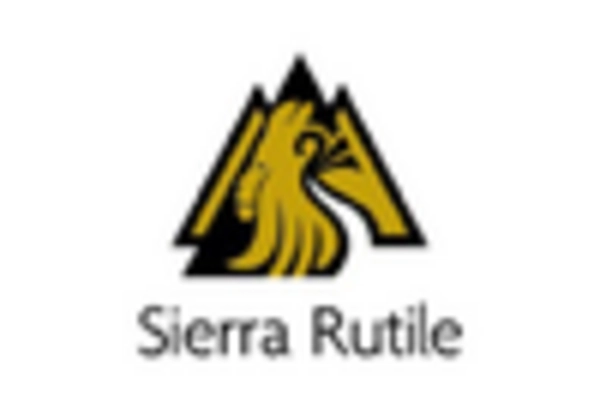
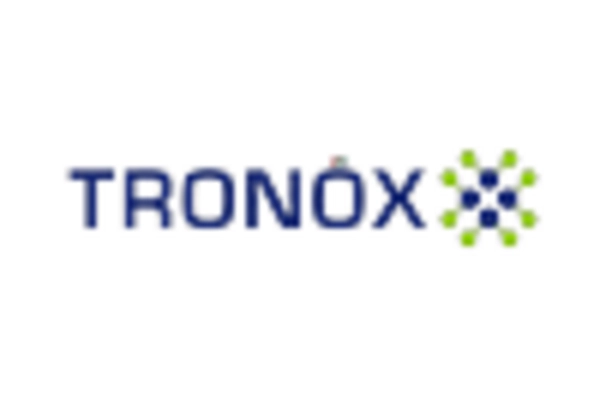









Leave a Comment